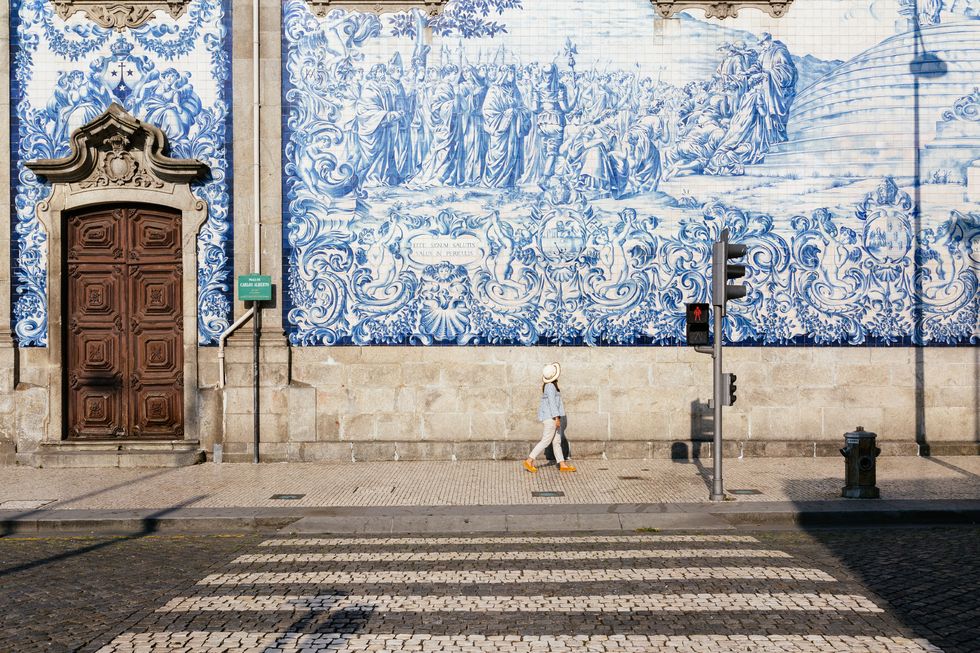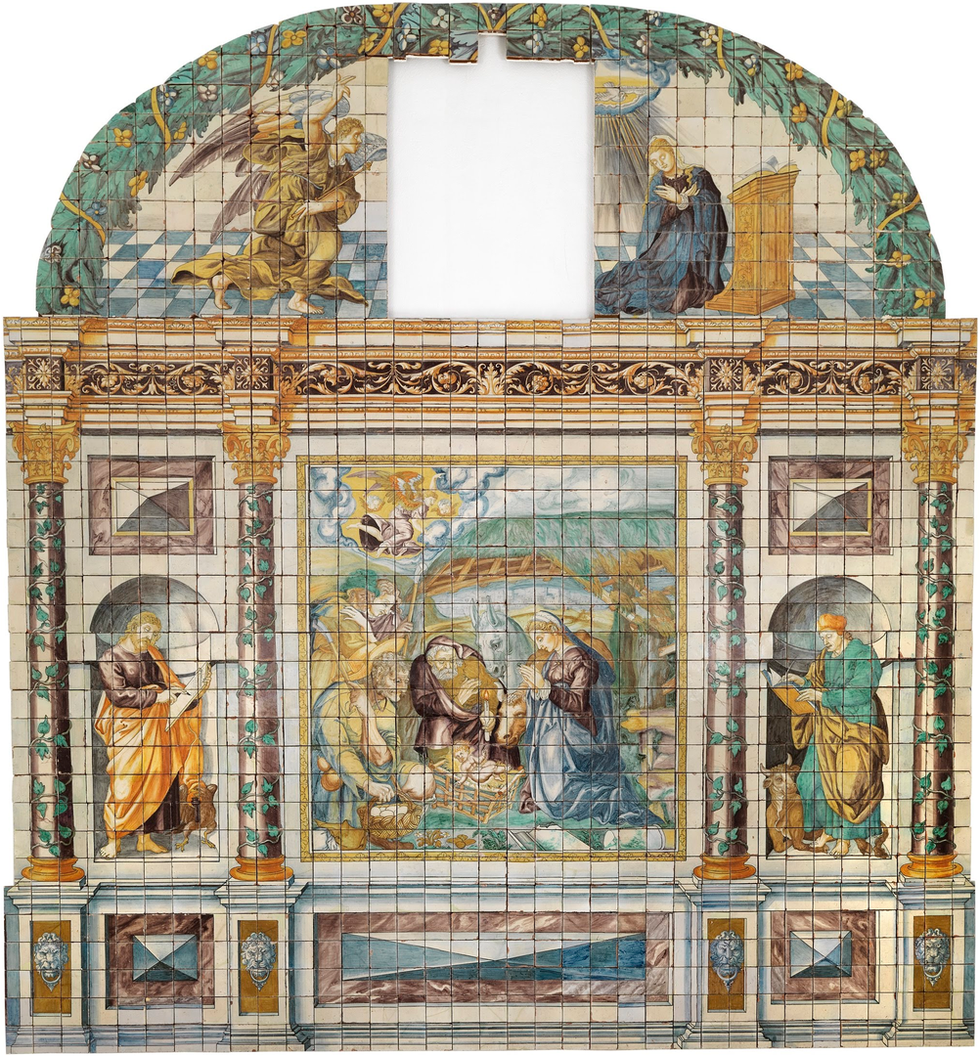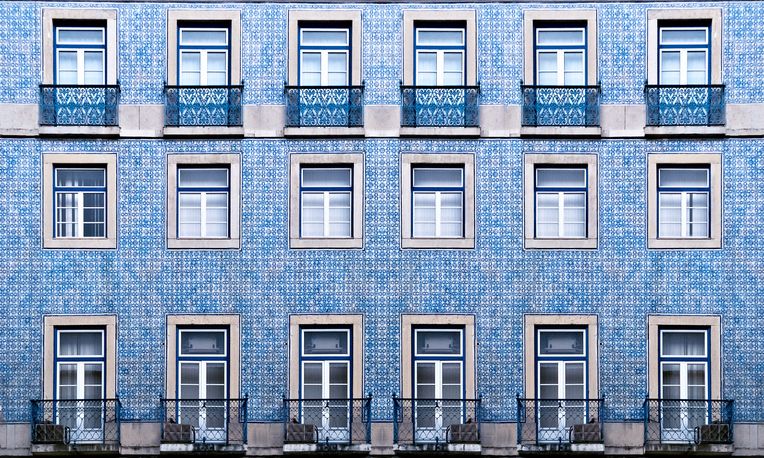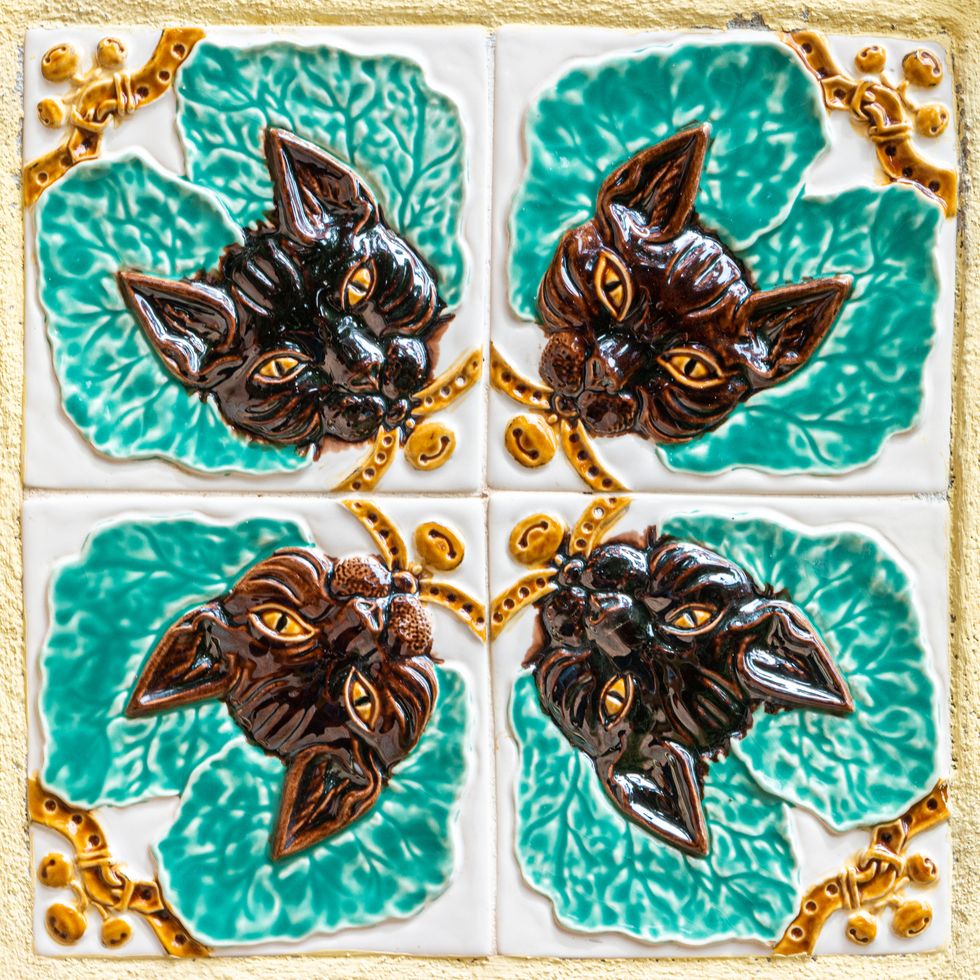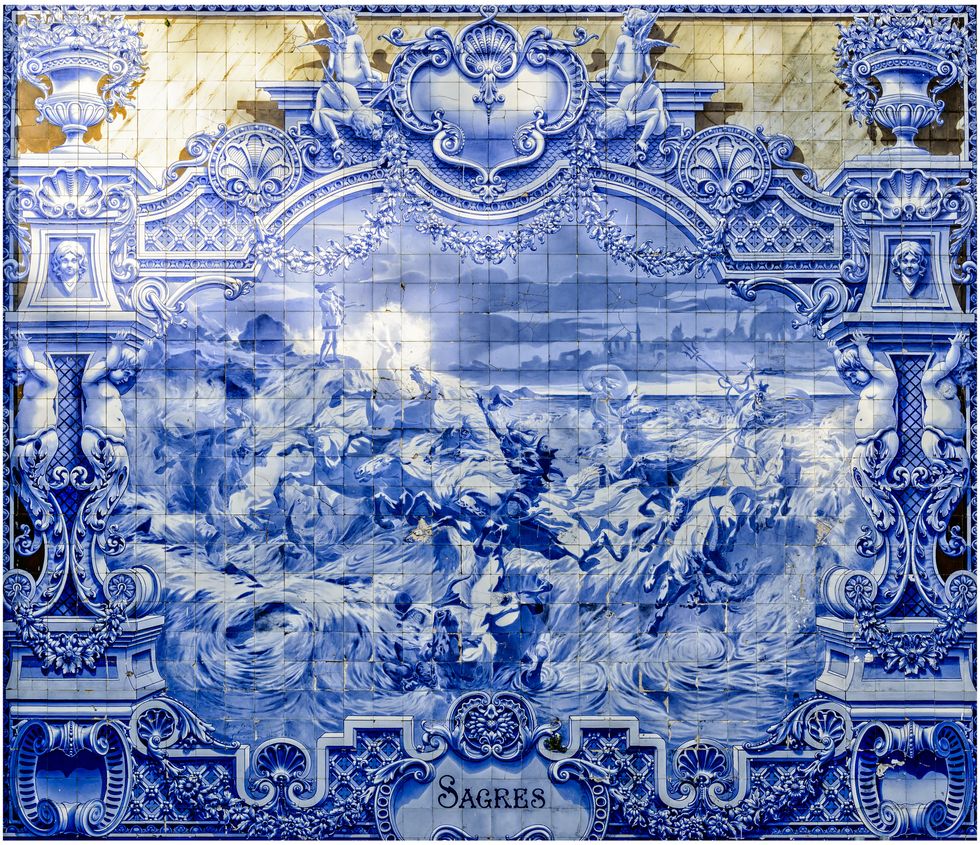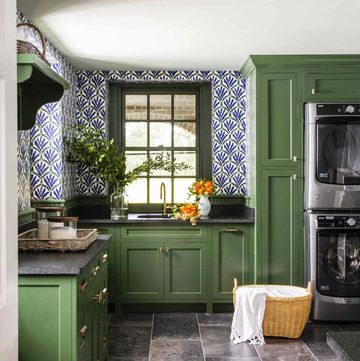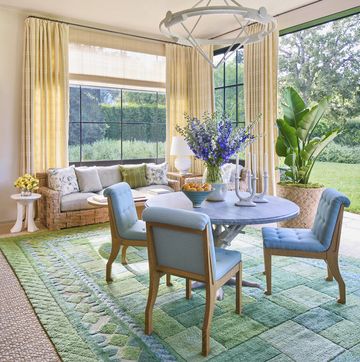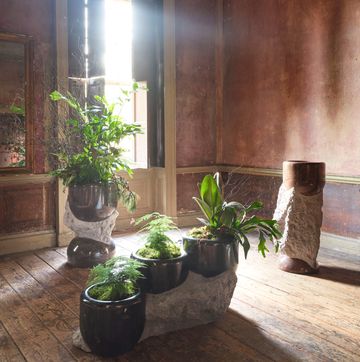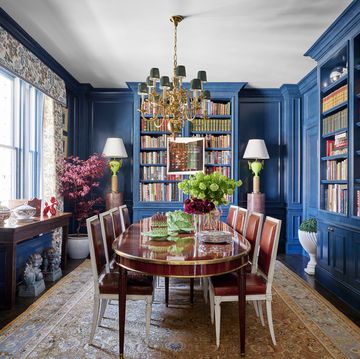Sitting on a nondescript corner of Porto, Portugal, allegorical scenes of strife and triumph dance across the facade of Igreja do Carmo in exuberant fashion. From afar, it appears to be a painted mural, decorated with embellished waves and twisting vines framing a depiction of the founding of the Carmelite Order. Step closer, though, and it's clear the image is not painted across one solid surface but rather across thousands of tiles in oceanic hues meticulously placed to create the captivating masterpiece. These ceramic tiles are known as azulejos in Portuguese, and they happen to be one of the most distinctive art forms in Portugal. Adorning the exteriors of city buildings, interiors of historic palaces, and even fountains in lush gardens, they serve a beautiful yet crucial role in preserving the history and identity of the country.
The Beginnings of Azulejos
While this decorative art is often tied to the European country, azulejos did not originate in Portugal. Glazed tile work can be traced back to Mesopotamia, where durable clay tiles were placed on the exteriors of buildings to protect them from harsh weather conditions. It wasn't until nearly the 13th century that they would land on the Iberian Peninsula, when the Moors invaded the region. Zellige, as the Moors referred to them, were simple tiles cut to mimic the geometric patterns of Byzantine and Roman mosaics. After the fall of the Moorish Empire in the 15th century, the production of these tiles decreased immensely within the region.
The decorative art form was not fully adopted by Portugal until King Manuel I fell for the tiles after a visit to Seville, Spain, in 1503. The king commanded that polychromed tiles be used extensively to redecorate the walls of the Sintra National Palace in a way that blended Mudéjar motifs with burgeoning Manueline applications. It wasn't long before the entire country noticed the beauty of the azulejos and proceeded to cover walls in the colorful, glazed tiles.
The Expansion of Azulejos
Production of azulejos in Portugal started primarily in Lisbon in the mid-16th century after Flemish artisans settled in the capital and brought with them their tile-making expertise. Previously, the country relied on foreign imports from Seville, where Italian potters had taken up shop. Instead of solely focusing on geometric patterns, the artisans started viewing them as pieces that come together to create large-scale murals often of biblical and mythological scenes.
One of the most defining characteristics of azulejos that came about during this period is the directly complement to the architecture of the space surrounding them. A prime example of this is the application of the altarpiece of Nossa Senhora da Vida at the Church of Santo André in Lisbon. Created around 1580 by Marçal de Matos, the panel consists of roughly 1,498 azulejos painted in a trompe l’oeil style. The artist notably left an empty section in the artwork to accommodate for a window in the church. When light came through the window, it would both literally and symbolically highlight the immaculate scene.
Azulejos became even more complex at the turn of the 17th century, as artists thought about their works more and more like paintings. It was not uncommon to see intricate flowering vines woven with embellished garland painted around fantastical scenes as though it was a picture frame. The late 17th century is also when the timeless blue-and-white palette began to dominate the country. Before, azulejos tended to showcase a variety of shades, from yellows to greens t0 even brownish reds. However, as Chinese porcelain grew in popularity across Europe, many aristocrats requested for Portuguese tile painters to use the dual color scheme. Dressing the walls of palaces and churches throughout the entire country, the blue-and-white tiles stood as a unique symbol of Portuguese decorative art and launched the country into the Golden Age of the azulejo.
Master designers such as António Pereira and António de Oliveira Bernardes were commissioned to paint ornamental and lavish designs for Portuguese aristocrats across the world, propelling the mass production of these tiles. Rather than leaning on biblical figures, "invitation characters" were more often seen within the works during this time. The embellished, life-size figures were placed at entrances of palaces, patios, and stair landings to welcome guests.
After the Great Lisbon Earthquake
For the most part, azulejos served a more decorative role to fill in blank walls in palaces and add artistry to the streets of cities. Everything changed after the great earthquake of 1755 left Lisbon and neighboring towns in complete ruin. Azulejos took on a more functional role to revitalize the interiors and exteriors of the capital's buildings at a rather low cost. Away went the magnificent scenes in return for simpler, more geometric motifs. This style of tile would be called pombalinos after the Marquis of Pombal, who was responsible for the rebuilding efforts.
Azulejos never again took on the flamboyant nature they did during the Golden Age. Instead, they leaned on the trends of the popular art movements of the time. Fast forward to the 20th century, and the tiles were exclusively used as revetments on the facades of buildings, but that didn't stop artists from playing with new techniques and looks. Artist, ceramist, and illustrator Rafael Bordalo Pinheiro often took elements of Art Nouveau to produce three-dimensional designs unlike anything seen before.
Azulejos of Today
Today, azulejos continue to tell the history and heritage of Portugal through their fascinating artistry and imagery. The National Museum of the Azulejo in Lisbon was founded in 1965 with the sole purpose of preserving this Portuguese art form. Housed in the former Convent of Madre de Deus, the collection spans centuries and highlights how these tiles became an expression of Portuguese culture.
Contemporary artists are still asked to this day to create modern azulejo panels on the walls of public venues. You'll even find a few of those factories from the 17th and 18th centuries still producing replications of original patterns. And while the Golden Age of azulejos may technically be over, the tiles live on as one of the most celebrated and unique aspects of Portuguese culture.
Want to see azulejo tiles in person? Join us this in Spring 2022 as we discover the Finer Things of Portugal, an exclusive VERANDA Field Trip.
Sarah DiMarco (she/her) is the associate editor at VERANDA, covering all things design, architecture, art, gardens, jewelry, travel, wine and spirits. She also manages social media for the brand.

